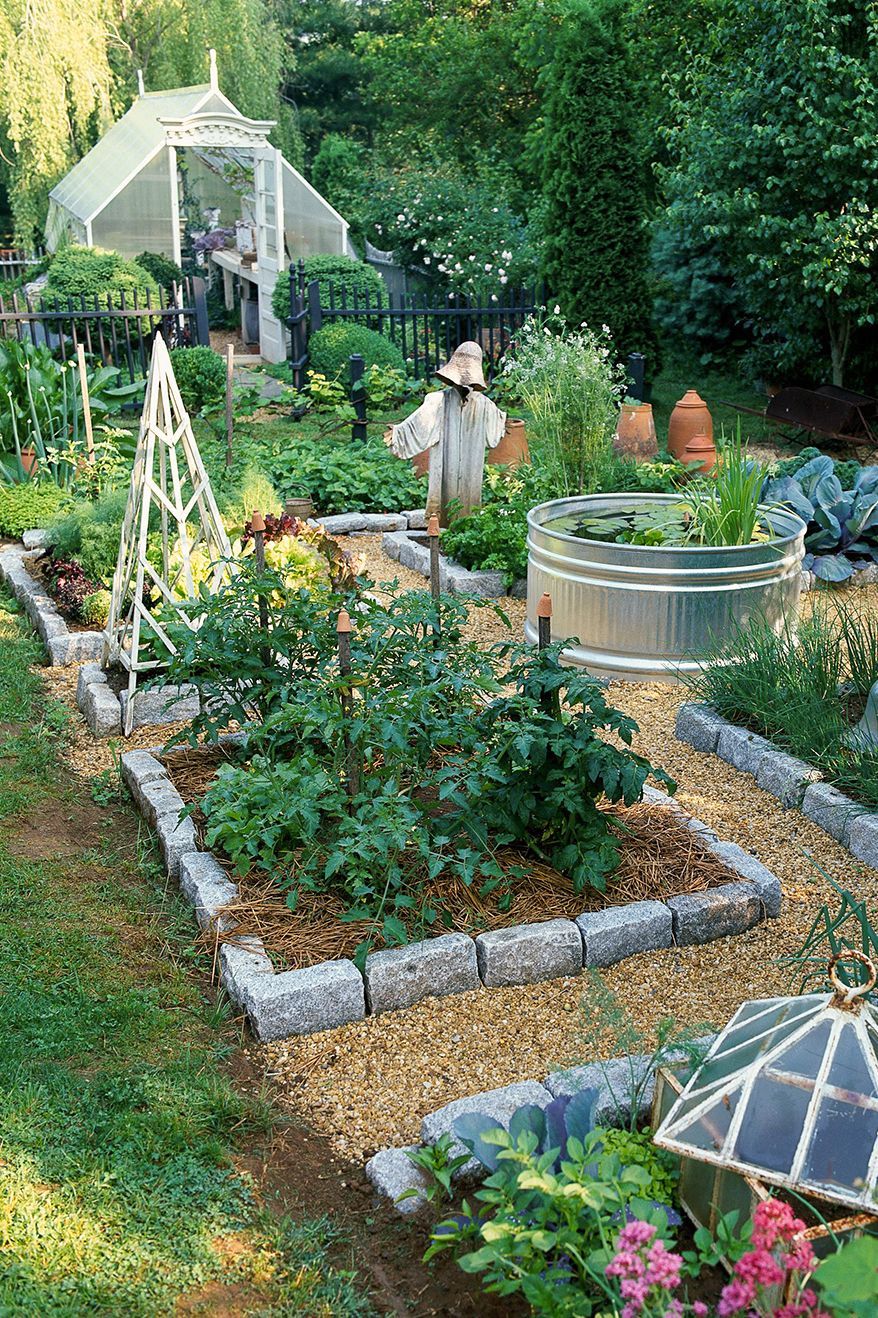As the day comes to a close, there is nothing quite as serene and breathtaking as watching the sunset in a Japanese garden. This article will explore the beauty of Japanese gardens at sunset, providing inspiration and ideas for creating a stunning sunset oasis in your own outdoor space.
Whether you have an existing Japanese garden or are looking to create one, this guide will help you harness the magic of twilight to enhance the tranquility and beauty of your garden.
The symbolism of sunset in Japanese culture runs deep, representing themes such as impermanence, transition, and the fleeting nature of life. As such, capturing the essence of sunset in a Japanese garden is not only about creating a visually stunning display but also about reflecting these profound cultural and philosophical meanings. From choosing the right plants and flowers to incorporating traditional lanterns and water features, every aspect of a Japanese garden at sunset holds significance.
In this article, we will delve into important considerations for creating a captivating sunset display in your Japanese garden. From the influence of light and shadow to tips for arranging and maintaining your garden for optimal views, every detail plays a crucial role in setting the scene with the beauty of Japanese gardens at sunset.
With real-life examples and practical advice, you will be equipped with the knowledge and inspiration needed to transform your outdoor space into a tranquil sanctuary that celebrates the splendor of twilight.
The Symbolism of Sunset in Japanese Culture and Gardens
Sunset holds a special place in Japanese culture, as it is often associated with the concept of “mono no aware” or the transience of things. In Japanese gardens, the symbolism of sunset is reflected in the design and choice of elements, creating a serene and contemplative atmosphere. The setting sun represents the impermanence of life and the beauty of fleeting moments, making it an integral part of the garden aesthetic.
In order to capture the essence of sunset in a Japanese garden, it is important to carefully select plants and flowers that reflect the warm hues of the fading sun. Consider incorporating vibrant blooms such as cherry blossoms, irises, and chrysanthemums, as well as foliage that turns golden or red in the evening light.
By choosing these plants, you can create a stunning display that mirrors the colors of a sunset sky, adding depth and visual interest to your garden during twilight.
In addition to plant selection, the use of light and shadow plays a crucial role in evoking the ambiance of sunset in a Japanese garden. Utilize lanterns, strategically placed to cast soft illumination on pathways or around water features.
The play of light against dark adds a sense of mystery and tranquility to the garden space during sunset hours. Incorporating natural elements such as carefully positioned rocks or gravel can also create captivating patterns under the setting sun’s warm glow.
Choosing the Right Plants and Flowers for a Stunning Sunset Display
When it comes to creating a stunning sunset display in a Japanese garden, choosing the right plants and flowers is essential. The colors and textures of your plant selection can greatly enhance the beauty of the sunset experience in your garden. Here are some ideas for selecting plants and flowers that will create a captivating sunset display:
- Japanese Maple Trees: These trees offer stunning foliage that turns fiery red, orange, or yellow during the fall, creating a beautiful contrast against the backdrop of a sunset.
- Cherry Blossom Trees: Known for their delicate pink or white blossoms, cherry blossom trees can add a touch of elegance to your garden as you enjoy the changing hues of the sky during sunset.
- Daylilies: These vibrant flowers come in various warm colors such as red, orange, and yellow, making them perfect for adding pops of color to your garden as the sun sets.
In addition to choosing plants and flowers with warm and vibrant colors, consider incorporating foliage with interesting textures such as ornamental grasses or ferns. The interplay between light and shadow during sunset can be accentuated by different leaf shapes and sizes. Adding plants with variegated leaves or weeping habits can also create an enchanting effect as they sway in the golden hour.
Ultimately, when choosing plants and flowers for a stunning sunset display in your Japanese garden, consider not only their visual appeal but also their ability to thrive in your specific climate. Research which species are well-suited for your region’s sunlight levels, soil type, and temperature range to ensure a successful and sustainable garden. With careful selection and placement, you can create a mesmerizing oasis that comes alive with color and texture as the sun begins its descent.
The Influence of Light and Shadow in Creating a Serene Atmosphere During Sunset
As the sun begins to dip below the horizon, the play of light and shadow becomes even more pronounced in a Japanese garden. This is a crucial element in creating a serene and tranquil atmosphere during sunset. The interplay of light and shadow is known as “Utsuroi” in Japanese garden design, and it is through this technique that the beauty of the garden is truly enhanced.
One way to utilize light and shadow effectively in a Japanese garden at sunset is by strategically planting trees and shrubs that will cast interesting shadows as the sun sets. For example, the silhouette of a graceful cherry blossom tree can create captivating patterns on pathways or water features when illuminated by the setting sun. Additionally, incorporating tall grasses or bamboo can create striking shadows that add depth and movement to the garden as daylight wanes.
Water features such as ponds or streams also play a significant role in capturing the essence of light and shadow during sunset. The reflection of surrounding foliage or traditional stone lanterns on calm water creates an enchanting effect as the natural light fades. Furthermore, carefully placed rocks or stepping stones can cast elongated shadows when hit by slanting sunlight, adding another dimension to the overall ambiance of the garden.
Finally, traditional Japanese lanterns strategically placed throughout the garden can add both practical illumination and an artistic touch as night falls. When lit from within, these lanterns can create beautiful patterns of light and shadow along pathways and around key focal points within the garden. By skillfully harnessing the influence of light and shadow during sunset, one can transform a Japanese garden into a captivating oasis that truly comes alive during twilight hours.
| Japanese Garden Element | Effect During Sunset |
|---|---|
| Trees/Shrubs | Create captivating patterns with their shadows |
| Water Features | Reflect surrounding foliage for an enchanting effect |
| Lanterns | Create beautiful patterns of light along pathways |
Adding Water Features to Enhance the Sunset Experience in Japanese Gardens
Japanese gardens are known for their tranquil and serene atmosphere, and adding water features can elevate the sunset experience to a whole new level. The use of water in Japanese gardens is deeply rooted in symbolism and tradition, making it an essential element for creating a captivating sunset display.
Symbolism of Water in Japanese Gardens
In Japanese culture, water holds significant symbolism, representing purity, life, and renewal. Incorporating water features such as ponds, streams, or waterfalls in your garden can not only create a sense of tranquility but also amplify the beauty of the sunset. The reflection of the setting sun on the surface of the water can enhance the overall ambiance, providing a breathtaking view that captivates visitors.
Types of Water Features for Sunset Enhancement
When choosing water features for your Japanese garden, consider elements that will complement the sunset experience. A koi pond with graceful fish swimming amidst lily pads can create a mesmerizing focal point during sunset. Alternatively, a cascading waterfall or meandering stream can add movement and sound to your garden, enhancing its allure as the sun dips below the horizon.
Maintaining Water Features for Sunset Views
It’s essential to maintain your water features to ensure they contribute to a stunning sunset display. Regular cleaning and upkeep will not only keep your pond or stream looking pristine but also allow for uninterrupted views of the sunset. Additionally, consider incorporating lighting around your water features to highlight them during twilight hours and further enhance the magical ambiance of your Japanese garden at sunset.
By incorporating water features into your Japanese garden design with careful consideration for symbolism and maintenance, you can create a captivating oasis that comes alive with beauty during sunset.
Incorporating Traditional Japanese Lanterns and Ornaments for Sunset Enhancement
When it comes to creating a captivating sunset display in your Japanese garden, traditional lanterns and ornaments play an essential role in enhancing the overall atmosphere. The art of incorporating these elements can transform your garden into a serene oasis that beautifully captures the essence of Japanese culture and nature.
The Significance of Lanterns in Japanese Gardens
Lanterns have been an integral part of Japanese gardens for centuries, serving both functional and symbolic purposes. Traditionally, lanterns were used to light pathways or define specific areas within the garden during the evening hours. In addition to their practical use, lanterns also hold great cultural and spiritual significance in Japanese tradition, representing illumination and guidance. Choosing the right style and placement of lanterns can greatly impact the visual appeal of your garden at sunset.
Ornaments as Accent Pieces
Incorporating traditional Japanese ornaments such as stone pagodas, water basins, or bamboo fences adds depth and character to your garden’s sunset display. These carefully selected decorations not only reflect the beauty of nature but also create focal points that draw the eye during sunset hours. When strategically placed, these ornaments can enhance the overall ambiance and contribute to a truly immersive experience in your Japanese garden.
As you plan the incorporation of traditional lanterns and ornaments into your garden design, it’s important to consider their placement in relation to the setting sun. By strategically arranging these elements, you can create a picturesque landscape that comes alive with vibrant colors during twilight hours. With careful attention to detail and symbolism, you can elevate your sunset views in a way that pays homage to both nature’s beauty and Japan’s rich cultural heritage.
Tips for Arranging and Maintaining Your Japanese Garden for the Best Sunset Views
Creating a Japanese garden that provides the best sunset views requires careful planning and maintenance. One important tip is to consider the layout of your garden to ensure that you have unobstructed views of the horizon where the sun sets.
This may involve strategically pruning trees or shrubs, or creating pathways and seating areas that offer optimal sunset vantage points. Additionally, incorporating elements such as water features, rocks, and traditional lanterns can help create a picturesque setting for enjoying the sunset.
When arranging your Japanese garden for sunset views, it’s essential to consider the placement of plants and flowers. Choosing specific species that bloom or change color during the evening hours can enhance the visual appeal of your garden during sunset.
For example, adding flowering plants like Japanese iris, hydrangeas, and wisteria can introduce vibrant hues that complement the warm tones of the setting sun. Moreover, selecting plants with interesting textures and foliage can create captivating silhouettes against the twilight sky.
Maintaining your Japanese garden is crucial for ensuring that it continues to provide breathtaking sunset views. Regular tasks such as trimming overgrown vegetation, removing debris from water features, and keeping pathways clear will help preserve the beauty of your garden.
It’s also important to consider how different seasons affect the appearance of your garden during sunset and make adjustments accordingly. By staying attentive to maintenance needs and seasonal changes, you can maximize the potential of your Japanese garden for stunning sunset experiences.
| Tips for Arranging | And Maintaining Your Japanese Garden for the Best Sunset Views |
|---|---|
| Consider unobstructed views of the horizon | Create a picturesque setting |
| Choose plants that bloom or change color in evening hours | Maintain regular tasks such as trimming overgrown vegetation |
Showcasing Real-Life Sunset Ideas for Japanese Gardens
Creating a stunning sunset display in a Japanese garden requires careful planning and consideration of various elements. One way to enhance the sunset experience in a Japanese garden is by strategically selecting and arranging plants and flowers that are known for their vibrant colors during the golden hour.
Consider incorporating warm-toned flowers such as cherry blossoms, azaleas, and irises to create a visually captivating sunset landscape. These vibrant blooms can beautifully complement the rich hues of the setting sun, adding depth and dimension to the overall scene.
In addition to choosing the right plants and flowers, the influence of light and shadow cannot be overlooked when creating a serene atmosphere during sunset in a Japanese garden. The placement of trees, shrubs, and other structures can play a significant role in casting captivating shadows as the sun sets.
By strategically positioning these elements, you can create an ethereal ambiance that adds to the overall beauty of the garden during sunset. Additionally, consider incorporating reflective surfaces such as water features or polished stones to magnify the impact of sunlight as it filters through the garden.
Another way to enhance the sunset experience in Japanese gardens is by incorporating traditional lanterns and ornaments. These timeless features not only add an authentic touch to the garden but also serve as practical sources of light once dusk falls.
Whether crafted from stone or metal, these lanterns can cast enchanting shadows against pathways and water features, further amplifying the tranquility of the setting sun. As twilight descends, these traditional Japanese ornaments come alive with a soft glow, creating an idyllic atmosphere for savoring the beauty of sunset in your garden.
Conclusion
As the sun sets on the horizon, Japanese gardens come to life with a breathtaking display of colors and textures. The beauty of these serene landscapes is further enhanced by the symbolism and traditions deeply rooted in Japanese culture. From carefully chosen plants and flowers to the play of light and shadow, every element in a Japanese garden contributes to creating a captivating sunset experience.
The allure of sunset in Japanese gardens lies not only in its visual appeal but also in its spiritual significance. Sunset represents the transition from day to night, symbolizing the ephemeral nature of existence and the beauty in impermanence. By incorporating elements such as water features, traditional lanterns, and meticulously arranged flora, one can truly capture the essence of this symbolism and create a tranquil oasis for contemplation during sunset.
Whether you have a small courtyard or a sprawling landscape, there are endless possibilities for incorporating sunset ideas into your own Japanese garden. By carefully selecting and arranging plants, embracing the interplay of light and shadow, and incorporating soothing water features, you can transform your space into a peaceful sanctuary that comes alive during sunset.
With some inspiration and creativity, you too can create your own sunset oasis in a traditional Japanese garden that provides solace and rejuvenation amidst the beauty of nature.
Frequently Asked Questions
What Are the 3 Essential Elements of a Japanese Garden?
The three essential elements of a Japanese garden are: water, rocks, and plants. Water features like ponds or streams are crucial for a sense of tranquility. Rocks symbolize mountains or islands, while carefully selected plants add color and texture.
How Can I Make My Garden Look Japanese?
To make your garden look Japanese, start by incorporating natural elements like stone pathways, bamboo fences, and minimalist plant arrangements. Add a water feature such as a small pond or fountain to create a calm atmosphere. Use gravel or sand to create patterns around these features.
What Are the Rules for Japanese Gardens?
Japanese gardens follow certain rules to maintain their aesthetic and philosophical principles. These include asymmetry (to reflect nature’s irregularity), simplicity (minimalist design with selective plant choices), and symbolism (using rocks and other elements to represent larger natural formations). Additionally, creating focal points to draw the eye is important.

Welcome to my gardening blog! I am passionate about plants and enjoy sharing my knowledge and experiences with others. In this blog, I will write about everything related to gardening, from tips on how to get started to updates on my own garden projects.





